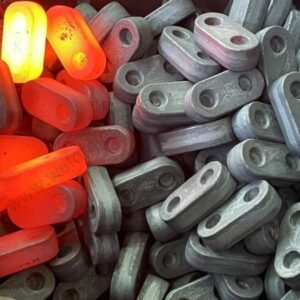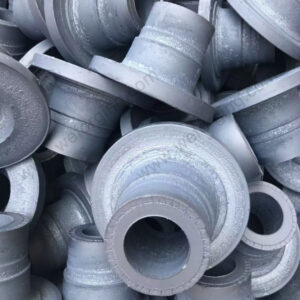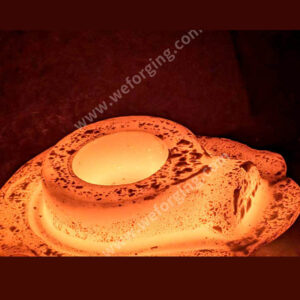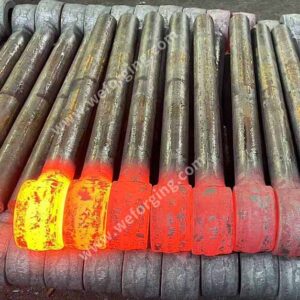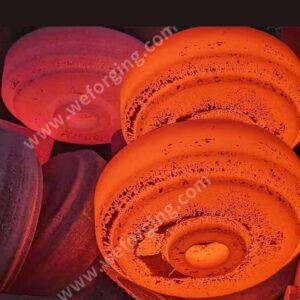-
Custom Forging & Machining Services
Forged Link Arms | Durable Alloy Steel Components | Custom Forging
-
Hot Forging & Cold Forging
Custom Forged Flanges | CNC Machined Flange Forgings Manufacturer – Weforging
-
Hot Forging & Cold Forging
Precision Input Gear Forgings | High-Strength Alloy Steel | Custom OEM Solutions
-
Hot Forging & Cold Forging
Alloy Steel Forgings | Custom Metal Parts for Machinery
-
Hot Forging & Cold Forging
Flange Forgings | High-Pressure Connections
-
Hot Forging & Cold Forging
Custom Fork Ear Forging | Hot Forged & CNC Machined Steel Parts
-
Hot Forging & Cold Forging
Alloy Steel Forgings | Custom Metal Parts for Machinery
-
Hot Forging & Cold Forging
Piston Rod Forgings | Hard Chrome Plated | Hydraulic Cylinder Grade
-
Hot Forging & Cold Forging
Mining Ring Gear | 4340 Alloy Steel | 3000+ Nm
Precision Hot & Cold Forgings
At Weforging, we specialize in both hot forging and cold forging processes, producing high-strength forged components for demanding industries. Our expertise covers large gear blanks, flanges, piston rods, and industrial fasteners, ensuring exceptional toughness, dimensional accuracy, and consistent quality. With advanced CNC machining integration, we deliver complete forged solutions trusted by OEMs across automotive, energy, marine, and heavy machinery sectors.
What Is Hot Forging?
Hot forging is a manufacturing process where metal is heated above its recrystallization temperature, typically between 900°C and 1250°C, and then shaped under compressive force. This high-temperature process allows the material to flow easily into dies, producing parts with improved grain structure, high toughness, and superior fatigue resistance. Hot forging is especially suitable for large components such as gear blanks, flanges, shafts, and heavy machinery parts, where strength and durability are essential.
What Is Cold Forging?
Cold forging is performed at or near room temperature, using high-pressure dies to shape the metal without heating. Unlike hot forging, this process provides exceptional dimensional accuracy, smooth surface finish, and significant material savings. Cold forging is commonly used for fasteners, small shafts, pins, and precision connectors, making it a cost-effective choice for high-volume production. Additionally, cold forging increases material hardness through strain hardening, ensuring long service life and reliable performance in automotive and industrial applications.
📖 Learn More
Want to explore the advantages and process of cold forging in detail?
👉 Check out our blog: What Is Cold Forging?
| Category | Hot Forging | Cold Forging |
|---|---|---|
| Process | Performed above recrystallization temperature (≈ 900–1250°C). | Performed at or near room temperature. |
| Strength | Excellent fatigue resistance and impact toughness, ideal for heavy-duty use. | High tensile strength with enhanced hardness from strain hardening. |
| Precision & Finish | Requires machining for tight tolerances and smooth surfaces. | Achieves very tight tolerances and smooth finish, reducing machining needs. |
| Applications | Large components like gear blanks, flanges, and shafts for energy and heavy machinery. | Small-to-medium parts such as fasteners, pins, and connectors for automotive and electronics. |
| Cost Efficiency | Higher energy consumption due to heating and finishing operations. | Lower cycle times and material waste, cost-effective for high-volume runs. |
Why Partner with Weforging
What sets Weforging apart is our ability to deliver integrated forging and machining services. From material selection to final inspection, every stage is carried out in-house with traceability under ISO 9001 and PPAP certification. Our quality assurance includes ultrasonic testing (UT), magnetic particle inspection (MPI), hardness checks, and CMM dimensional verification, ensuring each forged component meets international standards.
For buyers, this means more than just quality—it ensures shorter lead times, stable supply chains to Europe and North America, and competitive pricing. Whether it’s small-batch custom projects or large-scale OEM production, Weforging combines engineering expertise with manufacturing capacity to deliver forged solutions that exceed expectations.
Conclusion
With rising demand for custom forging parts and precision cold forged fasteners, Weforging continues to support global industries with innovative forging technologies. Our dual strength in hot forging and cold forging allows us to cover the full spectrum of applications, from heavy machinery to precision assemblies.

